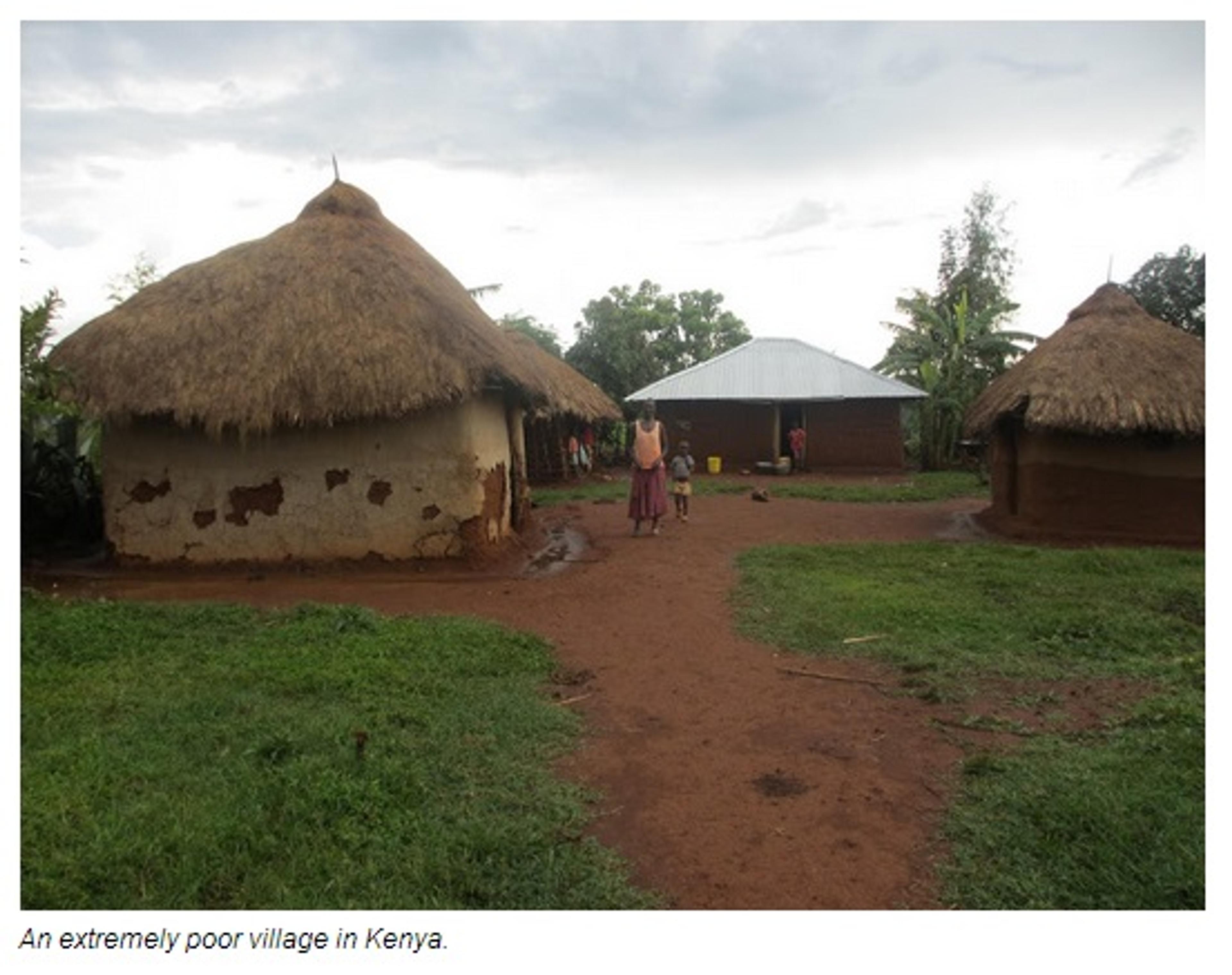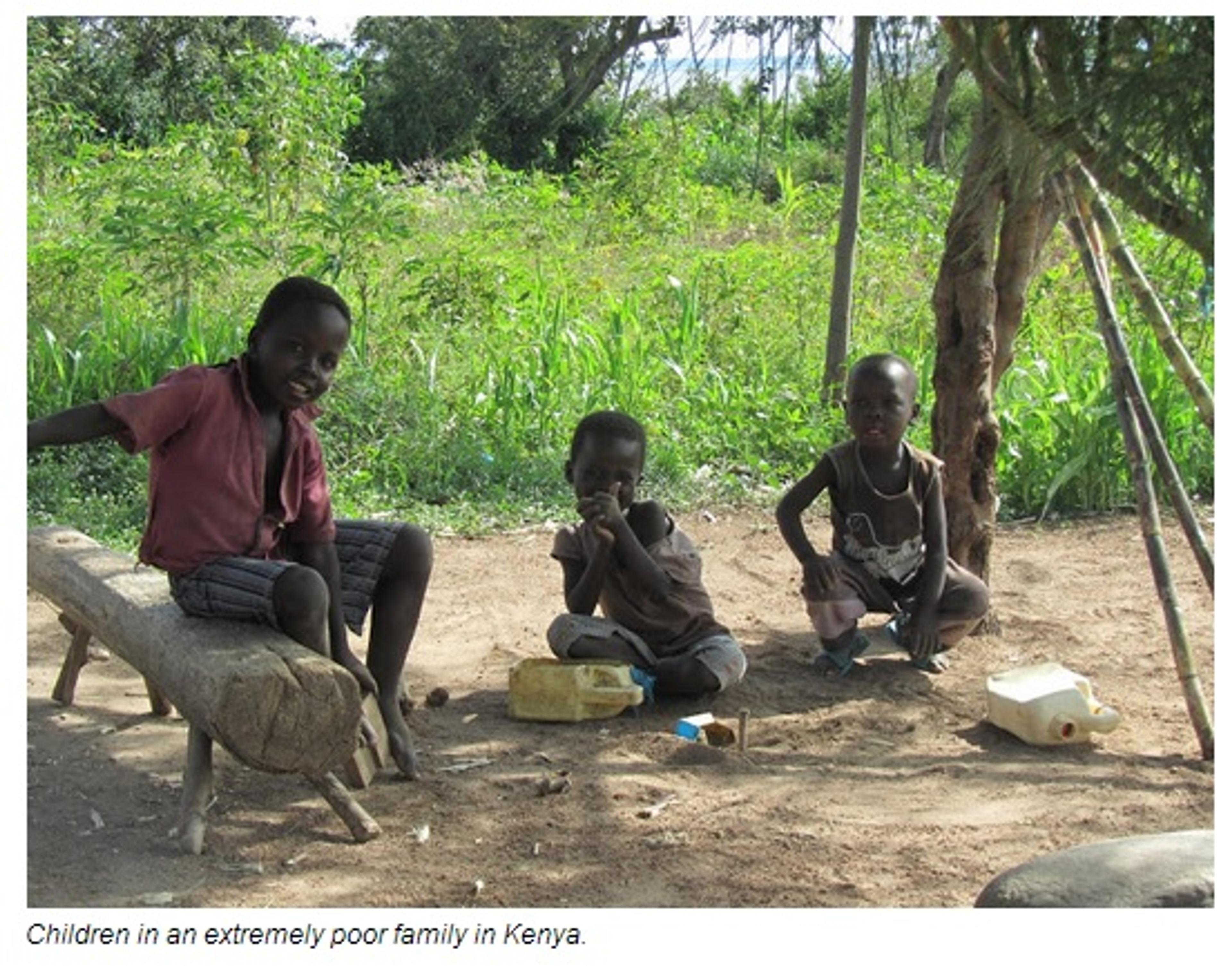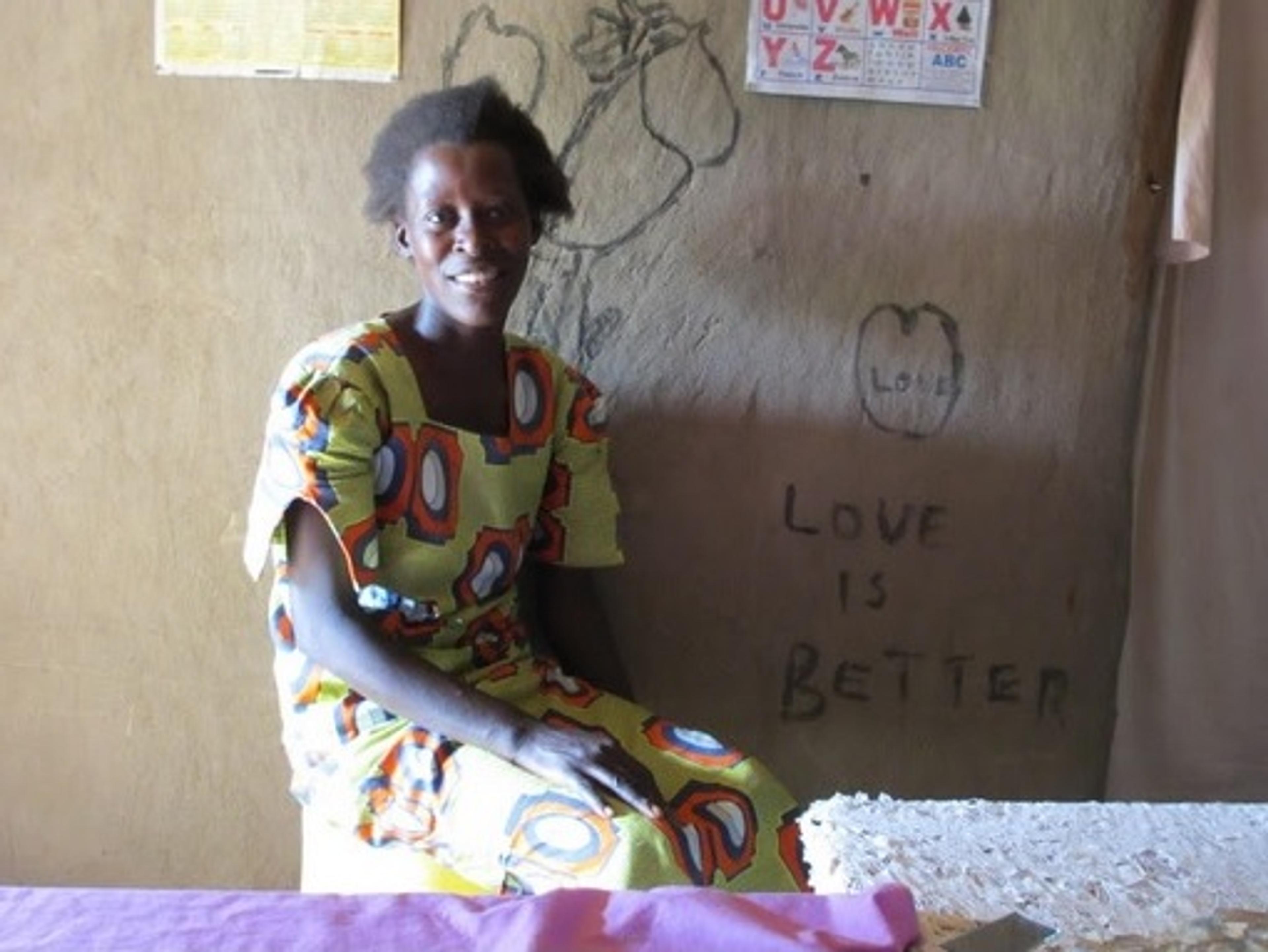This post is the first in a series of three on the lifestyle of a people living in extreme poverty. It was originally published on Peter's blog, Everyday Utilitarian.
What is it like to be extremely poor?

We know that the extremely poor are living on less than what $1.25 a day could buy in the United States. But this seems implausible. Wouldn’t someone with that little money just end up dying of starvation very quickly? Simulations like the Struggle for Survival and Live Below the Line can only go so far. It’s difficult to understand what it’s like to be that poor.
However, it’s now becoming a bit easier to understand. Abhijit V. Banerjee and Esther Duflo, authors of the popular book Poor Economics: A Radical Rethinking of the Way to Fight Global Poverty and co-founders of The Abdul Latif Jameel Poverty Action Lab, have written a paper called "The Economic Lives of the Poor". Using survey data from thirteen different countries, Banerjee and Duflo are able to tell the tale of life as a poor person.
Families Compared
The typical extremely poor household tends to be much larger than a US family. The extremely poor households have a median of 8 people living in them, compared to 2.5 in the US. However, it’s not typically a couple with many children like one might expect -- there actually is a median of 3 adults in a household. This suggests a family structure where people live with their parents, siblings, uncles, cousins, etc., which makes sense given it is easier to pool resources when you are sharing a space.

However, poor households do have more children than US households, having about 3 children per woman of child-bearing age, as compared to 1.9 in the US or 1.6 in Europe. The population of extremely poor areas is also very young in general. While the US has about one young person (age below 18) for every old person (age above 51), extremely poor areas have a median of six young people for every adult person.
This helps to explain why interventions targeted on children, such as school deworming, can have a large impact on the future of these countries - most of the population is young. It also helps to explain higher rates of violence or political instability in poor countries, as violence everywhere is overwhelmingly committed by young men according to Steven Pinker’s Better Angels of Our Nature.
What is Being Extremely Poor Like?
One of the most common traits of being extremely poor is weakness and disease. Because of low food consumption and poor nutrition, 65% of the poor in Udaipur, India (the area with the best data) are underweight.

43% of the adults report having difficulty with "activities of daily living", and this includes 34% of adults under 50. Furthermore, 55% of the poor have an insufficient red blood cell count (anaemia). In the last month, 72% of the poor in Udaipur reported at least one symptom of a disease and 46% of the poor reported seeing a doctor because of a disease.
Despite constant sickness, self-reported levels of health and happiness are not particularly low, but self-reported levels of stress (both financial and psychological) are very high.
Furthermore, infant mortality is still high. Surveys have asked women about the outcomes of their pregnancies, including whether the child is still alive. Infant mortality is the number of children who die before reaching their first birthday, as a percentage of the number of live births. Among the poor, this number is at a low of 3.4% in Indonesia and a high of 16.7% in Pakistan, compared to 0.5% in Europe. Notably, these numbers are likely to be underestimates because not all children are remembered, especially if they die very early.
What Do the Poor Eat?
The typical poor person could spend about 30% more on food if they wanted to, cutting out all other spending and all savings. Also, the poor don’t buy food optimally. The cheapest way to eat, in terms of calories per dollar, would be to buy the grain ‘millet’. However, only about two-thirds of food spending was on millets, with another 20% on rice (which costs about twice as much per calorie), another 10% on wheat (70% more expensive than millets per calorie), and almost 7% on sugar (which is the most expensive per calorie and has no other nutritional value).

Despite having more ability to buy food, the poor don’t eat much -- the households in the bottom 10% of per capita expenditure consume less than 1400 calories a day on average, which is about half of what is recommended for a man with moderate activity, or a woman with heavy physical activity.
Furthermore, going without food is quite common. In Udaipur, 45% of poor households reported adults cutting the size of their meal and 12% of households reported children having to cut the size of their meal as well. In addition, 37% of poor households in Udaipur reported going without a meal for an entire day within the last year.
GiveDirectly, one of GiveWell’s top charities that gives cash transfers to the extremely poor, notes that in their target area of Kenya, “well over half of adults skip meals, less than half of household members eat until they are content, people commonly go to sleep hungry, and a paltry 18% report having enough food for tomorrow”.
One type of food that is frequently bought in South India is a dosa, or a rice and beans pancake that almost everyone eats for breakfast. This can be bought frequently for a rupee, which is approximately 15 US cents (PPP adjusted).
My next post is on the spending of the extremely poor
All pictures are from GiveWell’s site visit to Kenya for Give Directly, used with permission from Elie Hassenfeld.